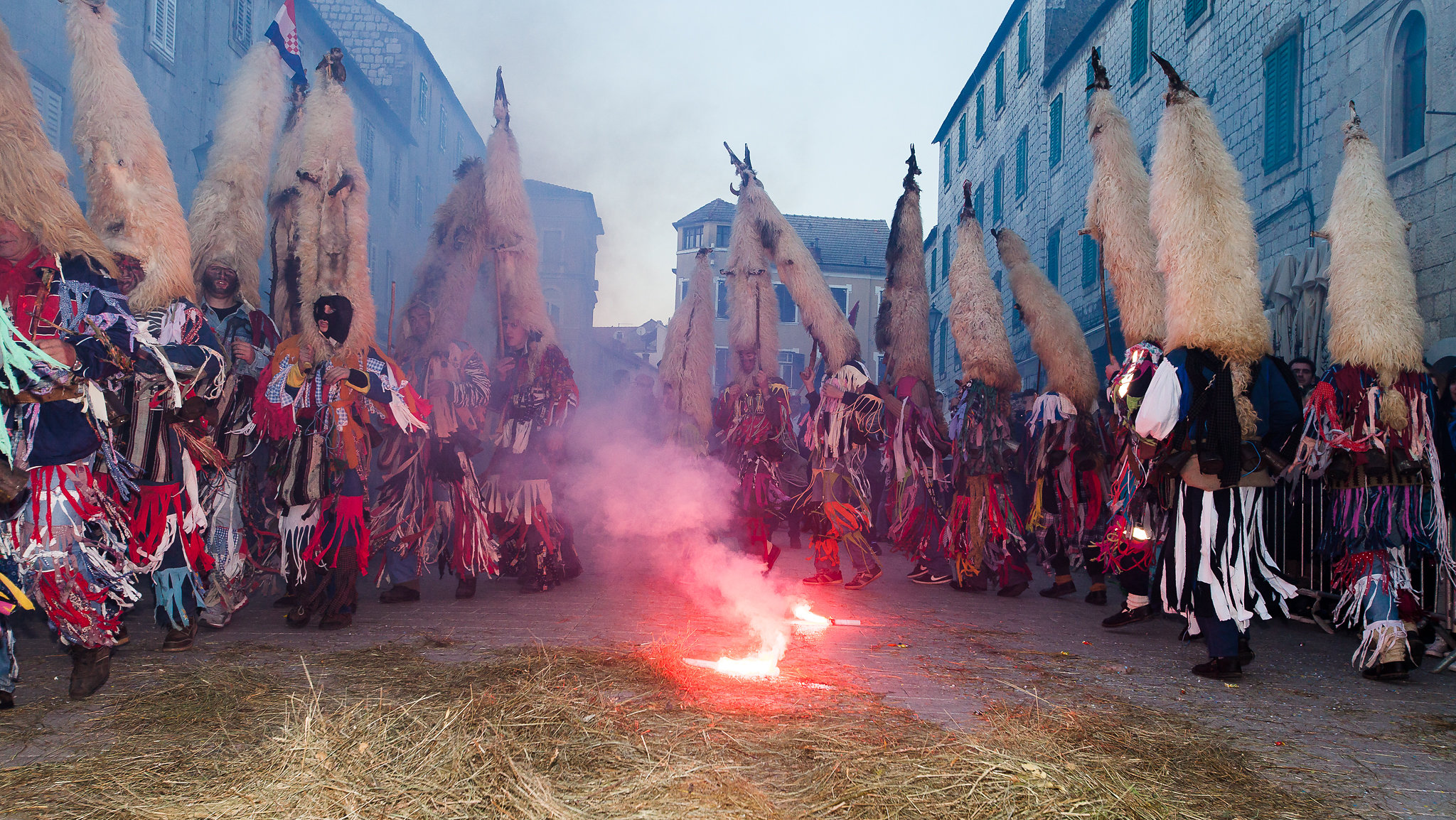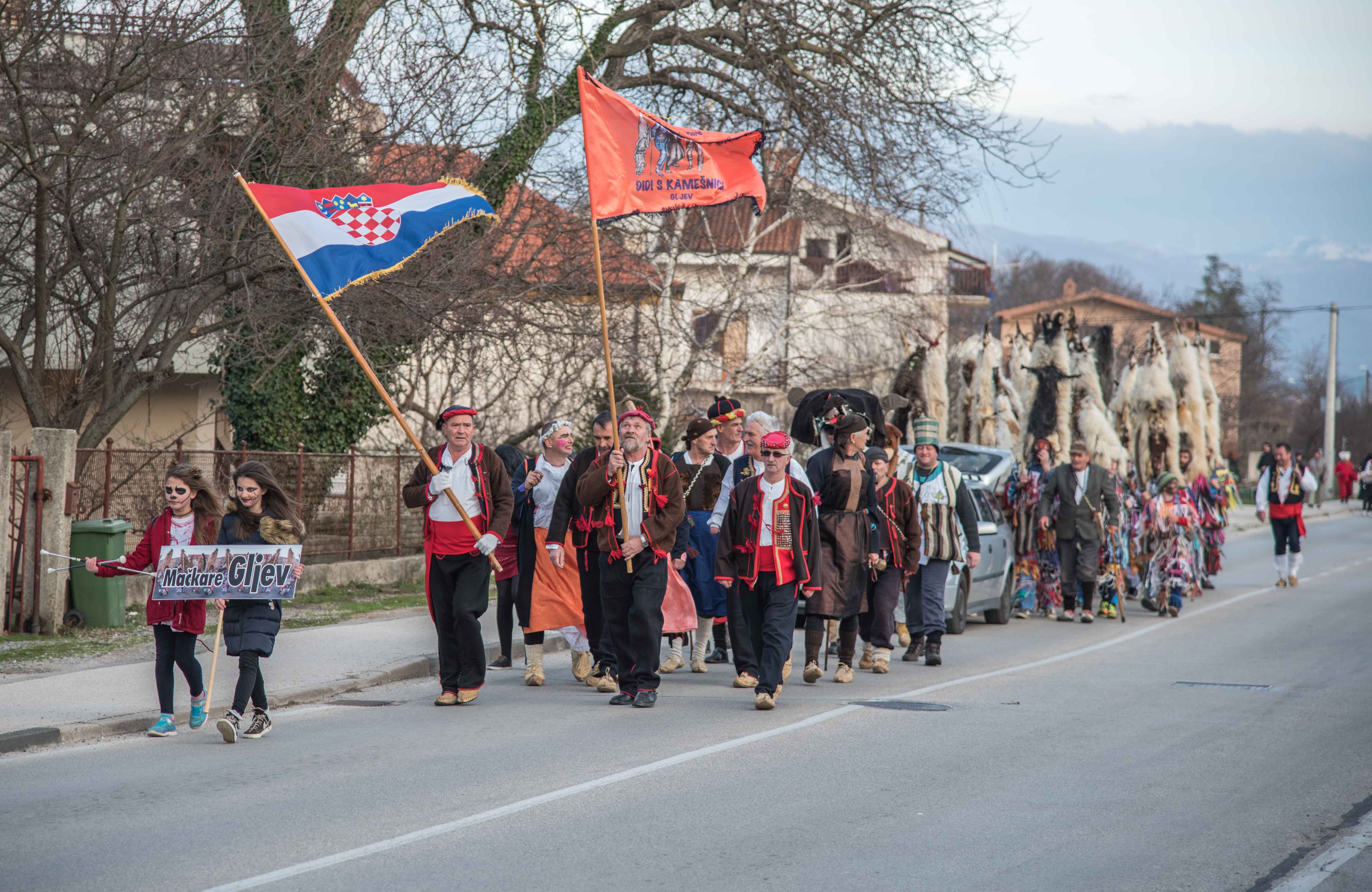January 17, 2020 - Sinj and the Cetina region have long attracted attention to their unique and interesting events, but the carnival festivities are certainly in their own category.
This year, the Carnival will be held for the sixth time, on February 15th.
Numerous Carnival (or ‘Mačkare) groups will have the opportunity to present themselves to the public in the same place - resulting in a lively, cheerful and noisy procession that speaks to a long and colorful tradition according to carefully and strictly established rules.
Zeljko Zrncic
The carnival groups the best bearers and guardians of the customs in the Inland Dalmatian region, and the fact that they are on the list of protected immaterial cultural goods of the Republic of Croatia is also testimony to their grandeur.
In the villages of Gljev, Han, Obrovac Sinjski, Bajagić and Gala, the Carnival groups have a unique and original way of displaying ancient customs, complete with the sounds of bells and other accompanying rituals. In the municipality of Otok, each hamlet has its own Carnival group (Jelašce, Priblaće, Živinice, Gala, Ruda, Udovičići, and occasionally groups from Glavičica-Priblaće, Ovrlje and Koritā), while in the municipality of Trilj, you can find Carnival groups from the villages of Grab, Jabuka, Košute, Vedrine, Vrpolje, Čačvina and Velić.

Milan Sabic
The layout of the Carnival parade is based on traditional rules, irrespective of any changes, with only men allowed to participate.
The most attractive and impressive part of the procession is the ‘didi’ (old men), who carry the fleece of sheep on their heads, standing tall at the height of up to 1.5 meters, with bells around their waist. They are dressed in old clothes with colorful fringes sewn on. The 'didi' symbolizes the ritual battle of good spirits in winter and chase them away by making noise and jumping.
Zeljko Zrncic
Carnival customs similar to these exist in other parts of Croatia and Europe, and embody the ritualistic struggle of good spirits with the winter, driven by noise and jumping.
This festival seeks to popularize this rich tradition of carnival customs that is unique in Europe. The Dida tradition was preserved and every year, in January and February, the carnival groups perform in the Cetina settlements.

Nikola Belancic
In addition to the traditional carnival groups, many other groups participate, which, with their comical, humorous stage performances, complete and enrich the whole procession.
To read more about Inland Dalmatia, follow TCN'as dedicated page.



